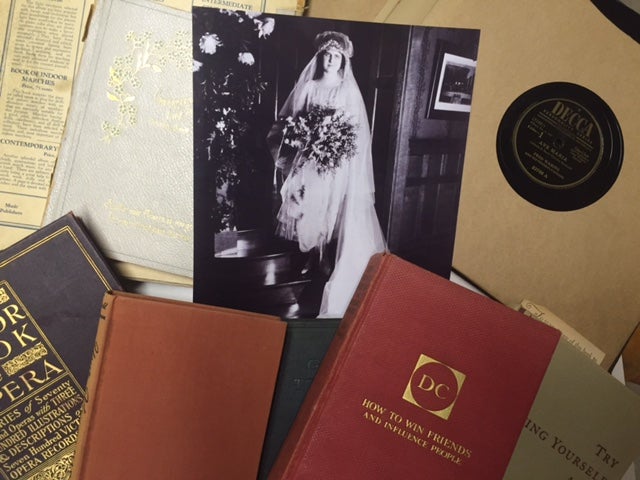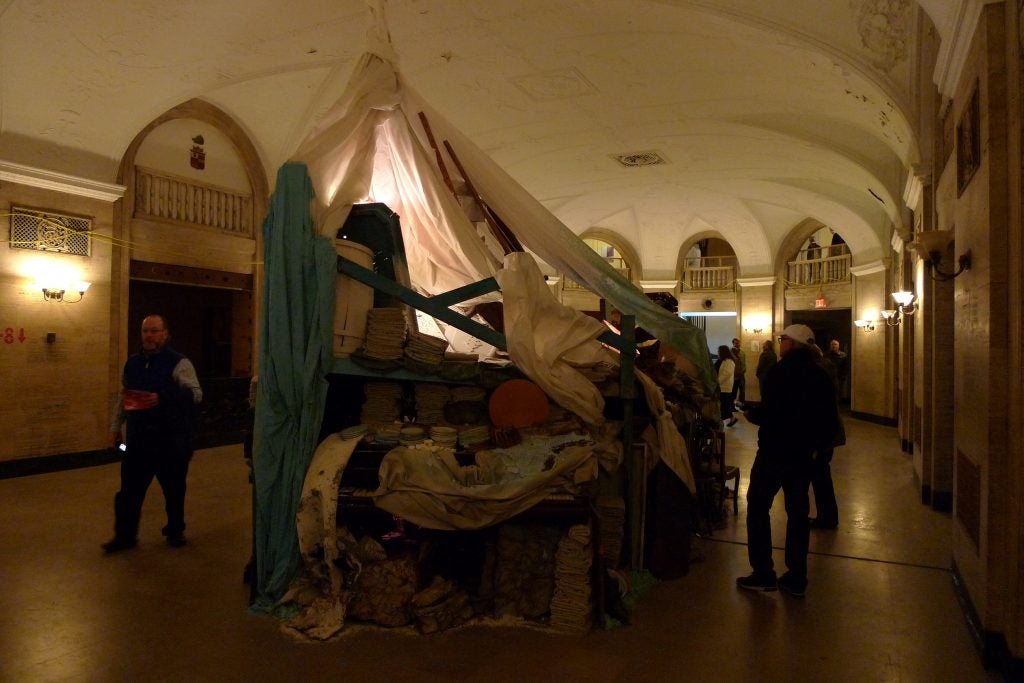Unsolved Histories: Books Uncovered, Records Spun, and a Resurrection Gone Awry
Let me tell you how I first met Fannie Ingram Schwahn. How I was browsing the local antique store a summer or so back when there, buried amid the flotsam and jetsam, I came upon a wedding certificate dated June 5, 1922. Fannie was listed as the bride, and though I knew nothing of her—had never even heard her name—I was entranced, nonetheless by her story. Or rather, the story of how her marriage certificate had made its ways into my hands.
Unsolved Histories: Books Uncovered, Records Spun, and a Resurrection Gone Awry Read More »
Let me tell you how I first met Fannie Ingram Schwahn. How I was browsing the local antique store a summer or so back when there, buried amid the flotsam and jetsam, I came upon a wedding certificate dated June 5, 1922. Fannie was listed as the bride, and though I knew nothing of her—had never even heard her name—I was entranced, nonetheless by her story. Or rather, the story of how her marriage certificate had made its ways into my hands.





